|
Getting your Trinity Audio player ready...
|
There’s a good reason for the low human character quotient in Universal and Illumination’s sparkling new holiday release Migration. The film depicts the misadventures of a nuclear duck family that abandons the safety and security of its home pond to explore the larger world. “We wanted to shift the point of view and treat humans the way ducks would probably perceive us,” says Benjamin Renner, Migration’s director and co-writer (with School of Rock writer and White Lotus creator Mike White). “The humans are treated like animals in the movie, in that only the birds understand each other.” This is not to say that the audience will not understand the birds, which are eminently relatable to anyone who has ever been part of a family.
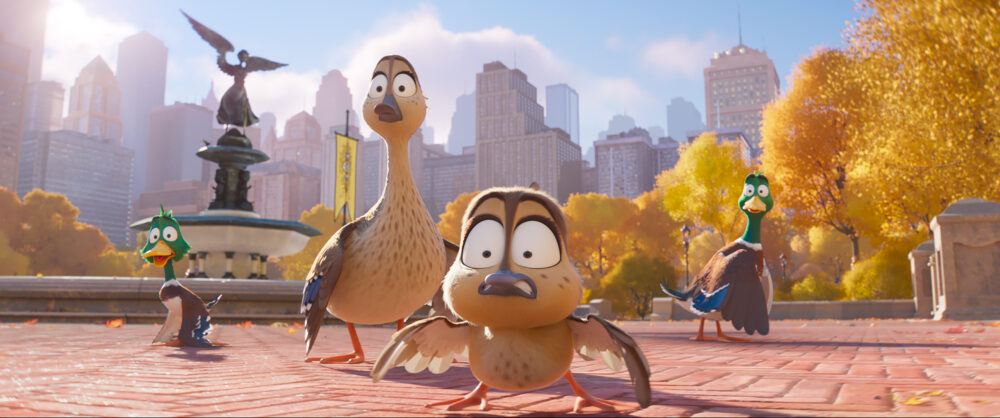
In one sense, the “leaving home” theme of Migration is an example of art imitating life. The French-born Renner, whose 2012 film Ernest & Celestine garnered an Oscar nomination for Best Animated Feature, confesses that he had to be prodded out of his comfort zone to take on a major CGI production.
“I felt very comfortable working on very small, very modest, hand-drawn animation in France,” Renner says. “[Producer] Chris Meledandri got in touch with me and asked me to meet him, and I felt there was a misunderstanding in the sense that he’s going to realize that I have nothing to do with big-budget Hollywood movies.” But as the two chatted about real-life subjects — family, relationships, friends — Renner felt he might have something to offer and agreed to work on storyboards. Eventually, Meledandri, who was impressed with Renner’s filmmaking sensibility, offered him the director’s chair. “I told Chris, ‘I’ve never done this before, but we can try, and if it goes wrong you can ask me to leave the studio.’ Five years later, he didn’t fire me, so I guess he was happy with my work.”
Learning to Fly
For the film’s Mallard family, however, things definitely go wrong throughout the course of their first family adventure. Doting father Mack (voiced Kumail Nanjiani) and loving mom Pam (Elizabeth Banks) will do anything for their children — adolescent Dax (Caspar Jennings) and tiny, innocent duckling Gwen (Tresi Gazal) — but each parent has a wildly different philosophy. Risk-averse Mack preaches that danger lurks anywhere outside the pond, while Pam, frustrated by their play-it-safe lifestyle, wants to break out and expose her kids to the real world.
Eventually, Mack is reluctantly pressed into leading his flock, which includes the equally sedentary Uncle Dan (Danny DeVito), on their first migration. The journey takes them first to a foreboding Southern bayou, then to intimidating and cacophonous Manhattan where they encounter a posse of pigeons led by the crusty, street-wise Chump (Awkwafina) and run afoul (or maybe afowl) of an insanely vindictive human chef whose specialty is duck a l’orange. After freeing the chef’s pet scarlet macaw (Keegan-Michael Key) from his cage, the grateful parrot offers to lead them to his native Jamaica. But even then, the family’s troubles are far from over, and they learn more about each other and bond like never before in the process.
Part of Meledandri’s pitch to Renner included the opportunity to work with the studio’s Paris-based animation team. “Illumination has such a huge roster of talented artists, and the animation team is really, really strong,” Renner says, crediting the team with easing his transition from 2D to big digital filmmaking. “I’ve always mixed hand-drawn and computer, so I was not afraid of working on it,” he says, “but I had never done 3D before, especially on that scale. The people from the studio all told me, ‘We’ll be there to help you tell the story; you ask and we’ll provide.’”
Renner established a similarly easy working relationship with co-director Guylo Homsy, an Illumination veteran who worked in layout on Sing, Sing 2 and The Grinch. “Guylo arrived on the project a year-and-a-half after I started,” he says. “And I was basically taking care of the storyboard. He was the guy who could translate the storyboards into the camera. He was experimenting with the camera a lot and with the layout team, and he kept telling me, ‘I’m not very good with coming up with stories, but I’m great at telling them.’ If you see great shots, he was the one in charge of it.”
‘I kept telling [the crew], ‘I don’t want to be able to count the number of leaves on the trees.’ The animation is making you believe everything, so as long as it’s well animated, it’s going to work.’
— Director Benjamin Renner
Special care was taken with the film’s vibrant color palettes, according to production designer Colin Stimpson, whose many animation credits include The Secret Life of Pets, The Grinch and The Emperor’s New Groove. “Our main inspiration was nature,” he says. “In previous Illumination films we used heightened color palettes, but with Migration we wanted our colors to be more natural, much more like those seen in nature documentaries.” Stimpson’s trip to New York in the autumn informed the Big City sequence, though none of the crew was sent to Jamaica to research the scenes set there. “We studied [Jamaica] carefully, however,” he says, “and were very careful not to slip into caricature.” The island’s Blue Mountains inspired the setting for the Mallards’ arrival.
By contrast, the look of the sequence in which the family is sheltered for the night by a sinister heron named Erin (voiced by Carol Kane) and her even more baleful mate came from a surprising source. “The herons’ shack is dark, damp and scary, so for the lighting we were inspired by the [1920] German Expressionistic movie The Cabinet of Dr. Caligari,” Stimpson reveals. “It was a lot of fun to work on and is my favorite sequence in the film.”
Says Renner of the sequence: “Chris allowed me to make that little horror movie in the film and then told me, ‘Just make sure that we can breathe after that and feel exhilarated, because we need that.’” That directive led to a much lighter and whimsical sequence showing the migrating Mallards flying through clouds and using them as ammo in an impromptu snowball fight. Says Renner, “I had to do a few back-and-forth trips to Los Angeles [from Illumination’s Paris studio] and when it’s cloudy and gray, and the plane goes above the clouds, it really amazed me. I thought, ‘OK, that’s a great feeling, let’s try to replicate that.’”
In an ideal world, Renner would have liked to record his multi-award-winning/nominated voice cast together or in pairs, but the state of the world in the 2020s made it impractical. “COVID was in the middle of [production],” he says. “I remember that Elizabeth Banks was a little frustrated by [remote recording], but [we] did our best to feed her the lines and made her listen to her with Kumail, and she was impressed by the feeling that they were really talking to each other.” (Watch a new behind-the-scenes video featuring the voice stars here.)
‘Ducks are strange, complex looking creatures and they all look alike! Designing characters that were original to look at as well as appealing and uniquely individual as difficult.’
— Production designer Colin Stimpson
But as any experienced film actor will tell you, acting for the camera happens through the eyes. The characters in Migration have enormous, cue-ball eyes, with tiny pupils that the animators moved with very subtle precision to convey a wealth of expression and emotion. “During production people were like, ‘Really? Eyes that big and this little dot in the middle?’” Renner says. “But it’s just the way I draw.” The overall design of the ducks was the film’s biggest challenge, notes Stimpson. “Ducks are strange, complex-looking creatures and they all look alike!” he states. “Designing characters that were original to look at as well as appealing and uniquely individual was difficult.”
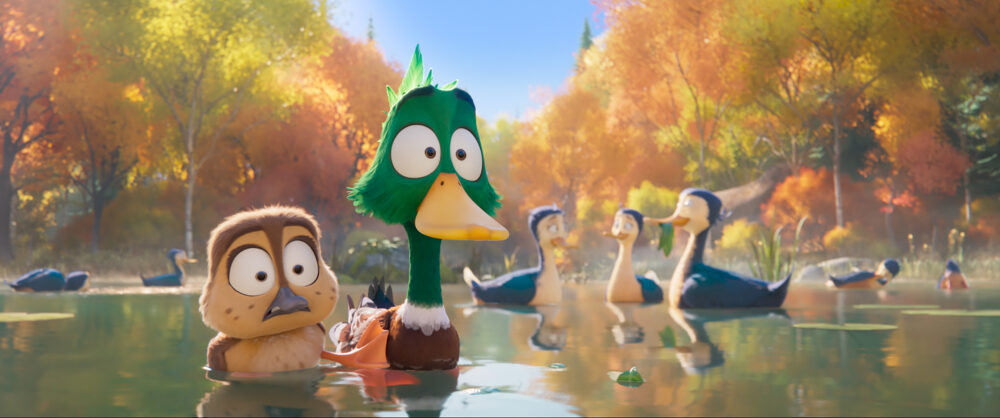
An even greater achievement was merging, without visual disconnect, the very cartoony characters into stunningly rendered, realistic-looking environments that are expansive enough to allow for long flying shots. “We wanted to make sure that the backgrounds did not overpower the characters with detail,” Stimpson says. “We found ways to simplify the backgrounds, often simplifying the shadows so that the texture was only seen in the light areas. We used a narrow depth of field so that the characters were the only things in focus.” Adds Renner, “I kept telling [the crew], ‘I don’t want to be able to count the number of leaves on the trees.’ The animation is making you believe everything, so as long as it’s well animated, it’s going to work.”
Boasting a lush, classic Hollywood-style score by animated feature veteran John Powell, Migration takes wing December 22, but given the nature of the animated film biz, the obvious question is whether plans for a sequel have already been whispered. “Not yet,” Renner says. “I would be happy to work again for Illumination, but on a film that has a story I’m passionate enough about to work for another five years.”
Universal/Illumination’s Migration will be released in U.S. theaters on December 22.






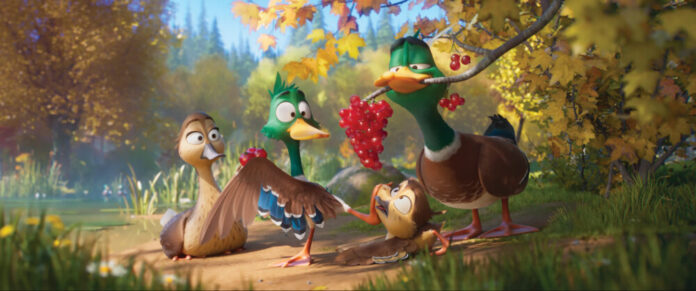
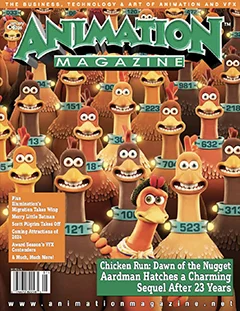
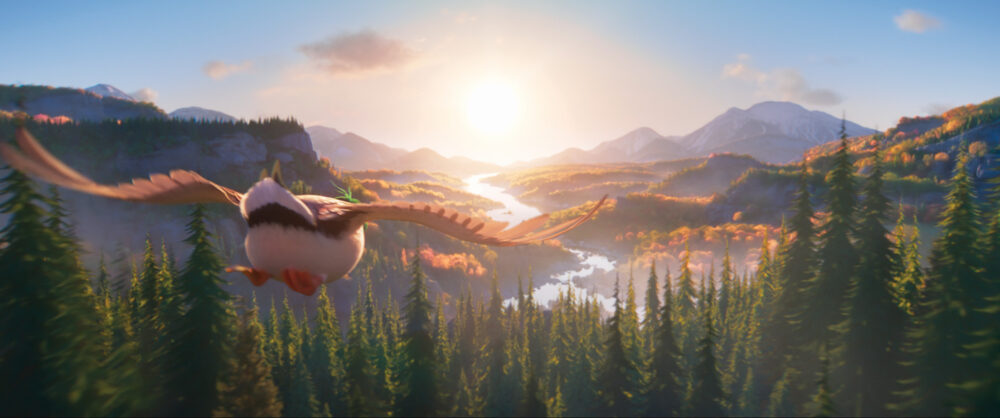
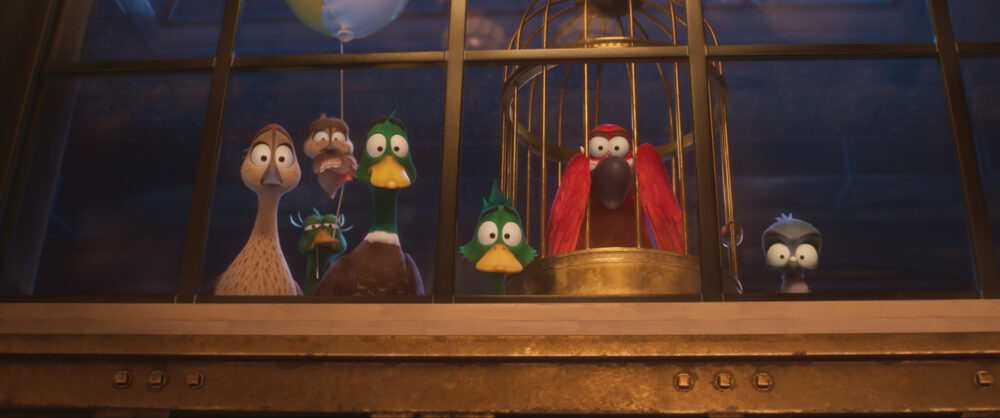







 Win a Funko X Lilo & Stitch Prize Pack!
Win a Funko X Lilo & Stitch Prize Pack! 


